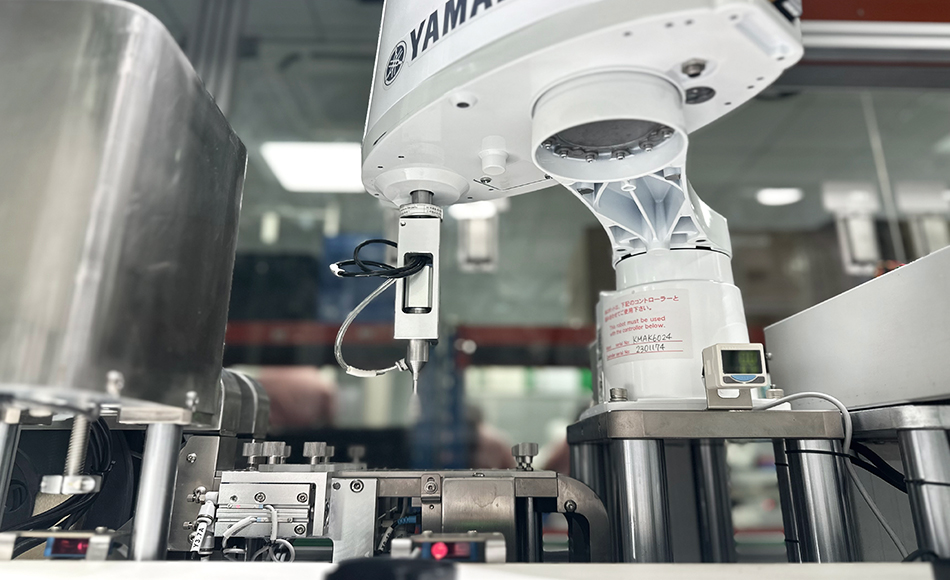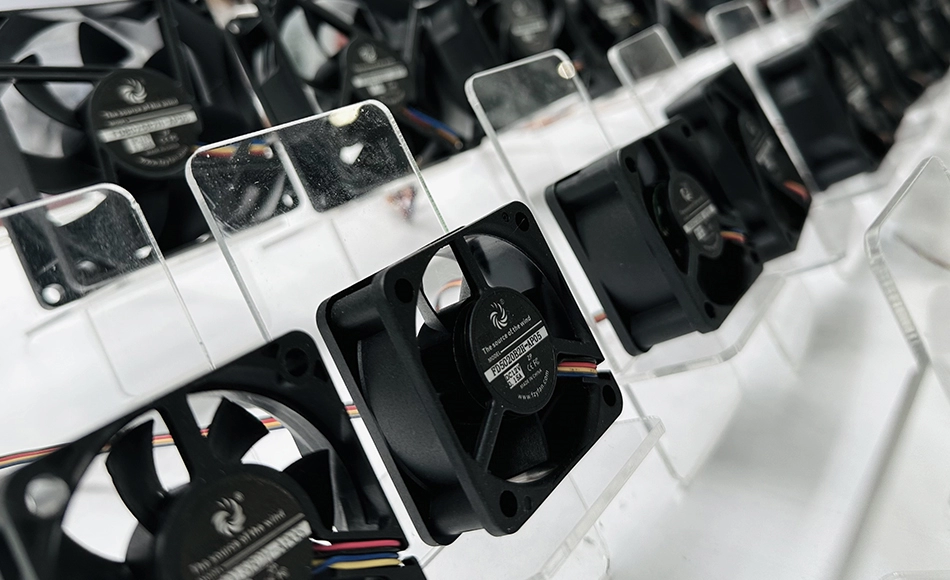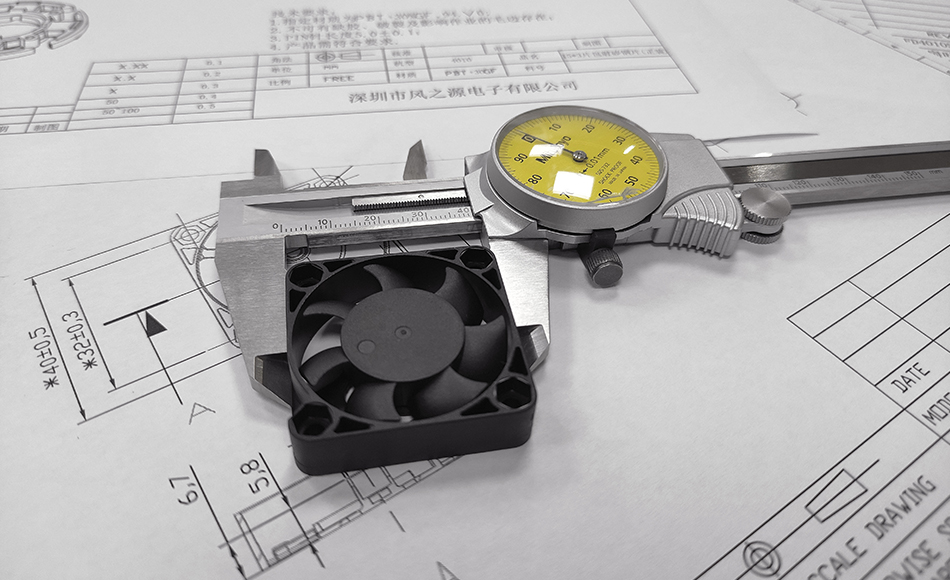Exhaust efficiency of external air outlet of cooling fan - system adaptability
 Feng Zhi Yuan
Feng Zhi Yuan
 Oct 16,2025
Oct 16,2025

The key to a deeper understanding of the exhaust efficiency of the external air outlet of a cooling fan lies in grasping the "system adaptability", which refers to the dynamic balance between the fan's cooling efficiency and the actual heat load of the system. The core of exhaust efficiency is not "the higher the wind speed, the better", but "whether it can efficiently remove excess heat from the system". Once the adaptation is imbalanced, even if the exhaust wind speed is extremely high, it may lose its practical effectiveness. The following will explain it from the perspective of "core logic":
Core logic: The essence of system adaptability is "heat supply and demand balance"
The "exhaust efficiency" of the cooling fan ultimately serves the "heat transfer goal": to dissipate the heat generated by the system (such as CPU, graphics card, power supply) through the air flow through the air outlet, ensuring that the core components are maintained within a safe temperature range (usually the highest temperature tolerance of electronic components is 60-100 ℃, depending on the device specifications).
The term 'adaptability' here specifically refers to the balance of two key parameters:
Demand side (system heat load): The amount of heat generated by the system per unit time, usually measured in "power" (such as CPU full load power consumption of 150W, graphics card full load power consumption of 200W), directly determines the "total amount of heat to be removed".
Supply side (fan heat dissipation efficiency): The "maximum heat transfer power" that a fan can achieve through exhaust is determined by the air volume (unit time exhaust volume, such as CFM, m ³/h), air pressure (ability to overcome air duct resistance), and heat exchange efficiency of the heat sink (when a simple fan has no heat sink, the heat dissipation efficiency is extremely low, and it needs to be evaluated in conjunction with the overall heat dissipation module).
Only when the fan's heat dissipation efficiency is greater than or equal to the actual system heat load (with 10% -20% redundancy reserved), will the exhaust efficiency show "effectiveness" - at this time, the discharged air can form a reasonable temperature difference (such as inlet air 30 ℃ → exhaust air 45 ℃), truly removing excess heat; If the two are imbalanced, the exhaust efficiency will be directly ineffective or inefficient.
The exhaust efficiency of a cooling fan essentially depends on the effectiveness of heat transfer, rather than the absolute value of wind speed or rotational speed. Talking about "good exhaust efficiency" without considering system heat load is like "using a large water pump to pump a small water tank" or "using a small water pump to pump a large water tank" - either resources are wasted or demand is difficult to meet.
Only through dynamic speed regulation to adapt to real-time loads, precise selection to match maximum demand, and air duct design to reduce efficiency losses, can the exhaust efficiency of the fan truly serve the "cooling target" and achieve the comprehensive effect of "efficient heat dissipation, low-noise operation, energy conservation and consumption reduction".







 Home
Home
 Exhaust efficiency of external air outlet of cooling fan - environment and installation conditions
Exhaust efficiency of external air outlet of cooling fan - environment and installation conditions 












